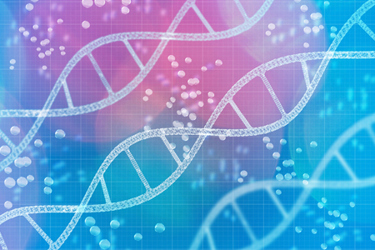Comparative Analysis Of Second Strand Synthesis Processes To Establish An rAAV Batch Quality
By Rebecca C. Feiner, Kathrin Breunig, Florian Dunker, and Markus Hörer

During recombinant AAV production, the resulting virions are typically equipped with heterogeneous payloads that stem not only from the desired vector cassette but also from divergent sequences, referred to as DNA impurities. These impurities often originate from DNA polymerase I using random primers. While not the focus of this work, a third approach involves transposase-mediated direct library preparation without a dedicated DNA conversion step, relying on transposase activity on ssDNA and annealing.
In this study, we present a comprehensive analysis of various published and newly developed dsDNA conversion processes that were tested using the same sequencing chemistry. One of the simplest methods for conversion involves the annealing of the (+) and (-) strands, while another strategy involves synthesizing the second strand. The advent of long-read based NGS is emerging as the preferred method for a thorough analysis of encapsidated DNA in AAV-based therapeutics.
Get unlimited access to:
Enter your credentials below to log in. Not yet a member of Cell & Gene? Subscribe today.
